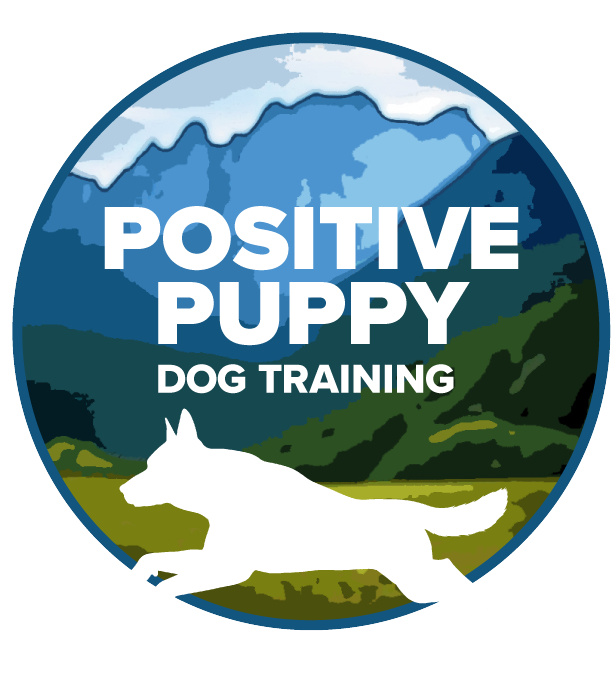Too Much Freedom?
We live in a simply amazing area where we can take our dogs to unheard of beauty and let them enjoy the smells, exercise and swimming until their hearts are content! We live where dogs belong to almost every family, every family lives here to enjoy the outdoors, and dogs participate with our family outings all the time.
As a trainer, one of the biggest concerns I hear from everyone is that their dog will come extremely well, EXCEPT when there is a distraction. What is the distraction? Usually, other dogs, sometimes other people and sometimes the distractions are wild animals. This can be very disconcerting and even life threatening for dogs running loose in our wild lands.
The key is teaching your very young puppy early on that coming is not an option, but a requirement. This can be very difficult for many of us since we want our pups to learn confidence by experiencing the woods, streams and lakes that our area has to offer.
Puppies can lure us into believing they will come every time when they are very young. What we don’t understand is that Mother Nature programs them to “follow the leader” UNTIL they are about 19 to 20 weeks old! We believe our pup has an excellent recall, until that one day comes when she turns around and looks us and in her eyes we see, “So what happens if I don’t come?” If we are not prepared for this moment, we lose all those previous weeks of training when our little girl wanted to come for our treat, praise or toy.
Now, the big world has become more intriguing than we are. It is much more fun for a puppy to explore than to return to us. Dogs are opportunists by nature. They will seize whatever opportunity looks better to them. If the environment provides a more interesting choice, then our puppy will grab that moment in glee.
Fixing this behavior is so much harder than prevention. Using a long line for a long time is our best prevention. Many people shrug their shoulders and feel that a long line (as long as 30 to 50 feet) is such a hassle, they refuse to use one. The loss unfortunately, is for both the dog and owner when we have to go back and retrain the “come” command all over, especially once the pup learns that the environment is far more interesting than we are. There are very simple techniques to using the long line that make its use pretty painless for everyone. It can even be better than using a short leash for walks!
There are, of course, times when a long time is not appropriate especially if you have a mobility disability and a long line might make you fall causing serious injury.
There are other alternatives to teaching a very strong recall, but these options should considered seriously. It is critical to our dogs’ safety and the safety of others and wildlife. Too much freedom too fast may very well put your pup at risk of learning something we don’t want her to learn!
Caption: Using a long line to teach and keep a strong “come” command is much easier than you may think! Cloud has graduated after lots of practice, to a “shorter” long line and dragging it just in case I need to stop him.

